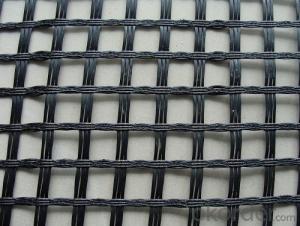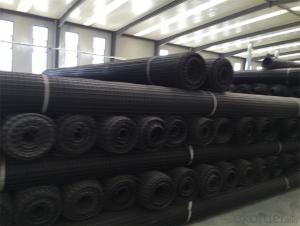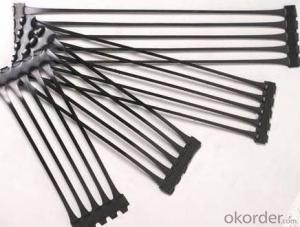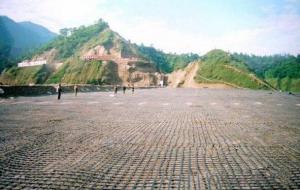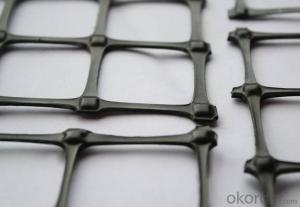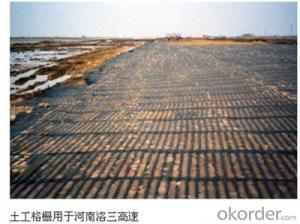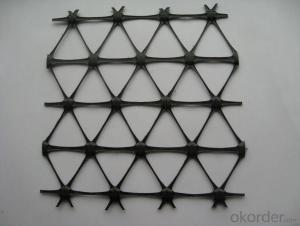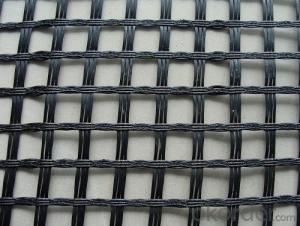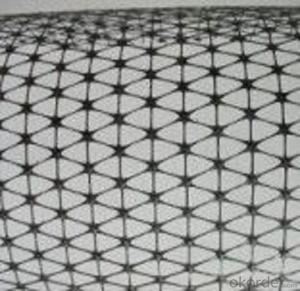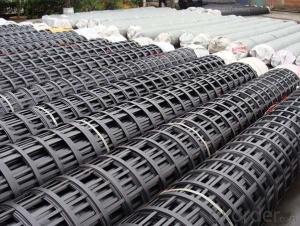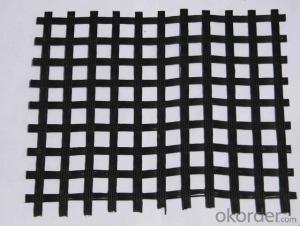Geogrid Tx150
Geogrid Tx150 Related Searches
Fridge With Freezer On Bottom Driveway Pillars With Lights Blu Ray Player With Recorder Blu Ray Player With Internet Geogrid In Retaining Walls 1708 Biaxial Fiberglass Tape Pullout Resistance Of Geogrid Geogrid Warp Knitting Machine Srw 3 Series Geogrid Biaxial Plastic GeogridHot Searches
Fiberglass Scaffolding For Sale Fiberglass Panels For Sale Fiberglass Greenhouses For Sale Geogrid Fabric For Sale Gas Powered Core Aerator For Sale Revolution 4 Propeller For Sale Alabaster Carving Stone For Sale Geogrid For Sale Near Me Tensar Geogrid For Sale Geogrid For Sale Ex Display Log Cabins For Sale Photoelectric Cells For Sale Athletic Lockers For Sale Cubicle Partitions For Sale Stearman Propeller For Sale Palram Greenhouses For Sale Gumbo Bowls For Sale Suzuki Propellers For Sale Freight Crates For Sale Outhouse Sheds For SaleGeogrid Tx150 Supplier & Manufacturer from China
Okorder.com is a professional Geogrid Tx150 supplier & manufacturer, offers integrated one-stop services including real-time quoting and online cargo tracking. We are funded by CNBM Group, a Fortune 500 enterprise and the largest Geogrid Tx150 firm in China.Hot Products
FAQ
- Yes, geogrids can be used in pond liners. Geogrids are commonly used in pond construction and lining applications as they provide stability and reinforcement to the liner. They help prevent soil erosion and improve the overall strength and longevity of the pond liner.
- Yes, geogrids are typically resistant to corrosion. They are made from materials such as high-density polyethylene (HDPE) or polyester, which are not prone to corroding when exposed to moisture or chemical elements. This corrosion resistance makes geogrids suitable for various applications, including soil stabilization, erosion control, and reinforcement in civil engineering projects.
- As well as how to fill out the form, thank you!! Urgently
- Inspection application approval form, elevation table, flat position detection table, geosynthetics site inspection form, evaluation form
- Geogrids help in the construction of embankments by providing reinforcement and stability to the soil. They are placed within the embankment to distribute the load and prevent soil movement. Geogrids also enhance the overall strength of the embankment, reducing the risk of settlement and erosion.
- Yes, geogrids can be used in retaining wall drainage systems. Geogrids are commonly used to reinforce soil and provide stability to retaining walls. They can also be employed as part of a drainage system to help manage water pressure and prevent the accumulation of excess water behind the wall. By allowing for efficient drainage, geogrids can enhance the overall performance and longevity of retaining walls.
- How to connect two-way geogrid
- Transverse 10cm overlap with plastic tape binding on the grid
- Some of the key design considerations for geogrid-reinforced pavements include selecting the appropriate geogrid material and properties based on the project requirements, determining the optimal placement and orientation of the geogrid within the pavement structure, considering the compatibility between the geogrid and other pavement materials, evaluating the long-term performance and durability of the geogrid, and ensuring proper construction techniques and quality control during installation. Additionally, factors such as traffic loading, subgrade conditions, climate, and drainage need to be taken into account for a successful design of geogrid-reinforced pavements.
- Geogrids have a few limitations that need to be considered. Firstly, they are not suitable for all types of soil. They work best in cohesive soils and may not be as effective in non-cohesive or sandy soils. Secondly, geogrids have limited resistance to chemical degradation, so they may not be appropriate in environments with high chemical exposure. Lastly, geogrids are not designed to withstand heavy loads or provide significant structural support on their own, so they should be used in conjunction with other reinforcement techniques for optimal performance.


















